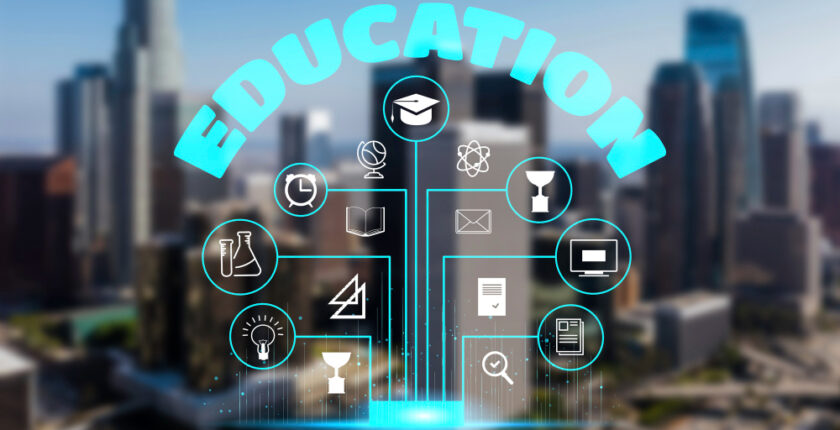5OS02 Advances in digital learning and development
- February 7, 2024
- Posted by: Scarlett
- Category: CIPD Level 5
No Comments

AC 1.1 Impact of Technology on Learning and Development Design
| Technology Advances | Description |
| Computer Based Training (CBT) | Traditional method of learning through computers, evolving over time. |
| PowerPoint Presentations and PDFs | Basic visual aids used for presentations. |
| E-Learning and Webinars | Online platforms for interactive learning and virtual seminars. |
| Complex Machine Learning, AI, VR, Simulators | Advanced technologies providing immersive and simulated learning experiences. |
Comparison of Learning Management Systems (LMS) and Learning Experience Platforms (LXP)
| LMS Strengths | LMS Weaknesses | |
| LMS | Effective distribution of class materials | Emphasis on reading and listening |
| Remote learners’ easy access to materials | Lack of personalization and engagement | |
| Facilitates feedback between facilitators and learners |
| LXP Strengths | LXP Weaknesses | |
| LXP | Advanced collaborative and social learning environment | Lack of administration functionality |
| Learners work at their own timelines | Technical challenges affecting learning quality |
AC 1.2 Risks and Challenges of Technology-based Learning
| Risks and Challenges for Organizations | Risks and Challenges for L&D Professionals | Risks and Challenges for Learners |
| Data protection issues, security threats | Change in skills requirements for experts | IT skills requirements |
| Reduced control over L&D processes | Stakeholder relationships with vendors | Greater need for self-direction |
| Accessibility of staff to systems | Remote availability | Technology availability |
| Challenges in system implementation | Security and health issues | Impact on personal life |
| Offering devices for personal activities |
AC 2.1 Types of Digital Learning Content and Applications
| Synchronous Learning | Asynchronous Learning |
| Real-time interactions | Self-paced learning |
| Examples: | Examples: |
| – E-learning | – Videos |
| – Videos | – Slideshows |
| – Webinars | – Screencasts |
| Advantages and Disadvantages | Advantages and Disadvantages |
AC 2.2 Impact of Digital Learning Content on Learner Engagement
| Factors for Engagement | Measuring Impact |
| Knowing your learners | Monitoring learner engagement |
| Clear learning objectives | Understanding bias in content |
| Interactive digital content | Strategies for avoiding bias |
| Visually appealing courses | |
| Meaningful learning experiences |
AC 3.1 Comparison of Live Online Learning Systems
| Systems | Functionalities |
| Adobe Connect | Breakout Rooms, Chat, Recording, Video Sharing, Whiteboard |
| Microsoft Teams | Breakout Rooms, Chat, Recording, Video Sharing, Whiteboard |
| GoToMeeting | Breakout Rooms, Chat, Recording, Video Sharing, Whiteboard |
| Zoom | Breakout Rooms, Chat, Recording, Video Sharing, Whiteboard |
AC 3.2 Differences Between Online and Face-to-Face Learning
| Aspects | Online Learning | Face-to-Face Learning |
| Facilitators | Different activities, remote proximity | Varied activities, physical proximity |
| Learners | Engagement level, technology expertise | Engagement level, in-person interaction |
| Learning Administration | Providing instructions, technical support | Induction, technical support, preparation of materials |
AC 3.3 Skills Required for Online Learning Facilitation
| Skills | Description |
| Preparation of learners | Ready them for online learning sessions |
| Managing learners remotely | Overseeing learners in virtual environments |
| Collaborative learning | Encouraging interaction and cooperation |
| Facilitating breakout rooms | Managing smaller group discussions |
| Managing technological issues | Handling technical challenges effectively |
Must Read:
Why Choose Us?
- GPT Zero
- 100% Non-plagiarised Papers
- Dedicated human resource writers
- 24/7 /365 Service Available
- Affordable Prices
- Money-back and Privacy guarantees
- Unlimited Amendments upon request
- Satisfaction guarantee
